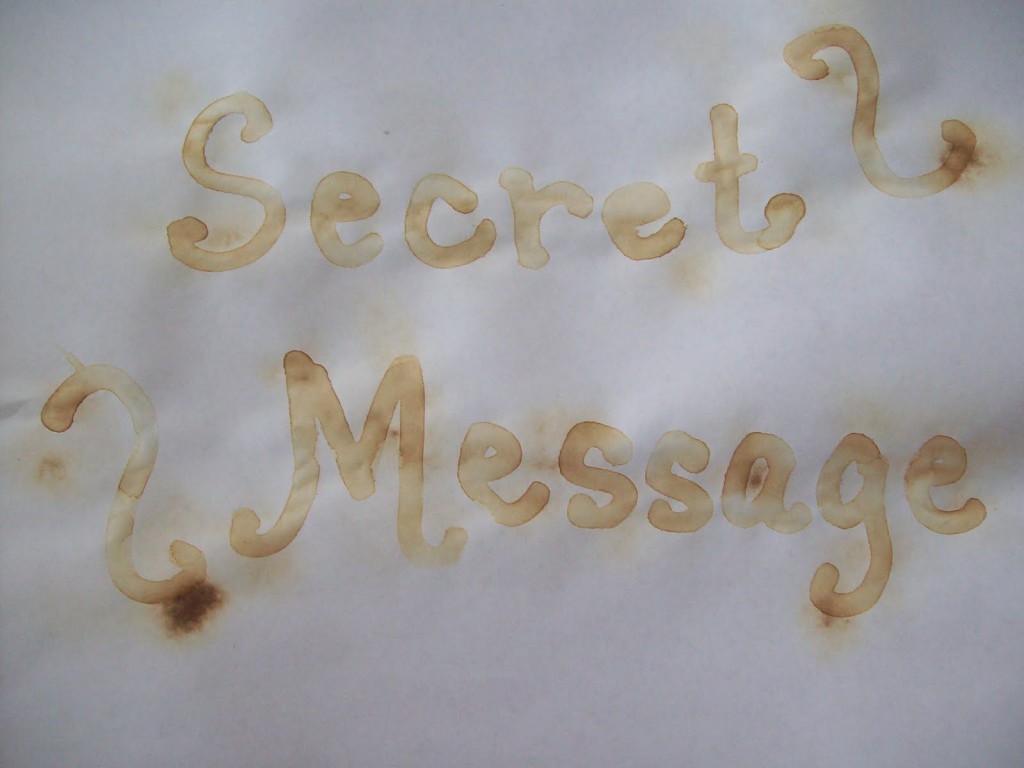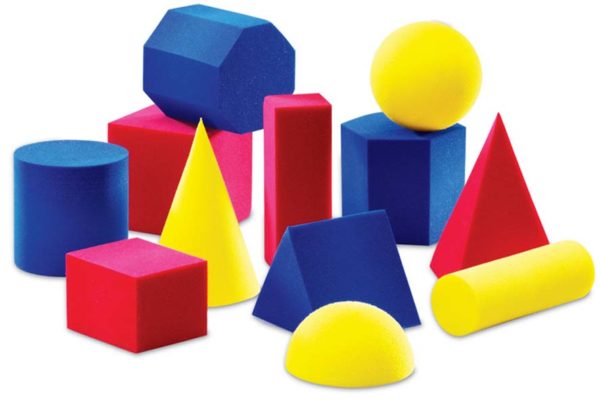Kids love spy gadgets and mystery! Use homemade invisible ink to write secret notes, then teach your child the science behind the process used to reveal the hidden messages.
There are many ways to make invisible ink. To use one of the safest methods, just use a Q-tip to write or draw on white paper with lemon juice. Actually, any fruit juice that contains citric acid will work, but lemon juice tends to dry the clearest, keeping the message hidden until revealed.
To reveal the message, the paper needs to be heated in some way. Whether or not your child can do this by themselves depends on the age of the child and the method used. Below are several ways to made the message visible. Choose the one most appropriate for your child:
1. Hold the paper over a candle. This is a slow method, requiring patience, as the candle can easily scorch the paper if brought too close.
2. Hold the paper over a hot light bulb. This method is very similar to the candle, but it does heat a larger area. The bulb must get very hot. For example, a 100 W incandescent bulb. Fluorescent bulbs won’t work. Care should be taken not to touch the bulb!
3. Carefully iron over the paper. Gives you a quick reveal but for safety, this needs to be done under direct parent supervision.
4. Heat the paper for about 5 minutes in the oven (around 350 degrees). Watch carefully to make sure the paper doesn’t overheat and burn. Again, direct parent supervision is needed for this method.
5. Hold the paper over a toaster. The hot air rising from the toaster should be enough to reveal the message.
6. Direct sunlight on a very hot day will sometimes be enough heat to bring out the hidden message.
7. I have heard that a very hot blow dryer will reveal the message, but I’ve never had any luck with this method.
Here’s the science behind the reveal . . . Paper is made of cellulose, a starch that makes up the body of plants. Cellulose is a tough, fibrous molecule made of many, many glucose (sugar) molecules connected in long chains. The acid in the lemon juice naturally breaks down the cellulose, separating the individual glucose molecules, which is a chemical reaction. Heat makes that process work even faster, as raising the temperature almost always increases the rate of a chemical reaction. The heat also caramelizes the sugars now in the paper, turning them a brown color. So, the brown message you see on the paper is actually caramel!




